If there are only senses and muscles, the human limbs still can't move. On the one hand, because the signals from the senses have no organs to receive and process, and on the other hand, because no organs emit nerve signals, they drive the muscles to contract or relax. Similarly, if the robot has only sensors and drivers, the robotic arm will not work properly. The reason is that the signal output from the sensor does not work, and the drive motor does not get the drive voltage and current. Therefore, the robot needs to have a controller that uses hardware and software to form a control system.
The function of the robot control system is to receive the detection signal from the sensor. According to the requirements of the operation task, each motor in the robot arm is driven like our human activity depends on its own senses. The motion control of the robot cannot be separated from the sensor. The robot needs to use sensors to detect various states. The robot's internal sensor signal is used to reflect the actual motion state of the robot arm joint, and the robot's external sensor signal is used to detect changes in the working environment.
So the robot's nerves combined with the brain to form a complete robotic control system.
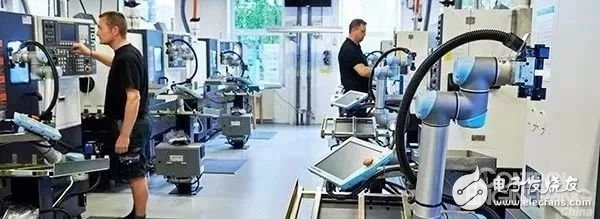
Actuator----servo motor or stepper motor;
Drive mechanism----servo or stepper drive;
Control mechanism----motion controller, algorithm operation control for path and motor linkage;
Control mode----With fixed execution mode, then program the fixed parameters to the motion controller;
If there is a vision system or other sensor, according to the sensor signal, the program of the unfixed parameter is programmed to the motion controller.
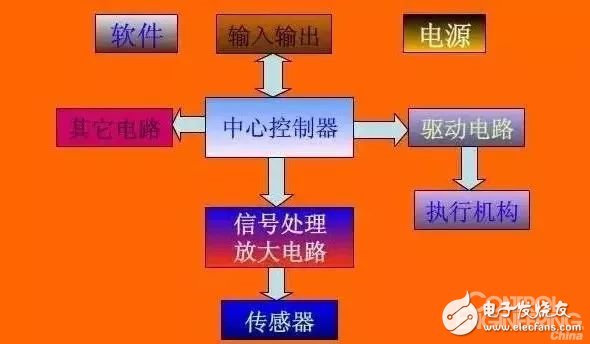
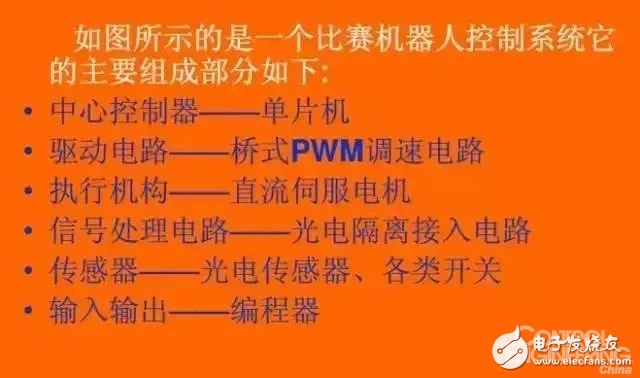
1. Control the movement position of the end effector of the robot arm (ie, control the point and movement path of the end effector);
2. Control the motion posture of the robot arm (ie, control the relative position of two adjacent movable members);
3. Control the speed of motion (ie, the law governing the position of the end effector movement over time);
4. Control the motion acceleration (ie, control the speed change of the end effector during the movement);
5. Control the output torque of each dynamic joint in the robot arm: (ie, control the force applied to the operating object);
6. With convenient man-machine interaction function, the robot completes the specified tasks through memory and reproduction;
7. Make the robot detect and feel the external environment. Industrial robots are equipped with sensors such as vision, force, and touch to measure and recognize, and to judge changes in operating conditions.
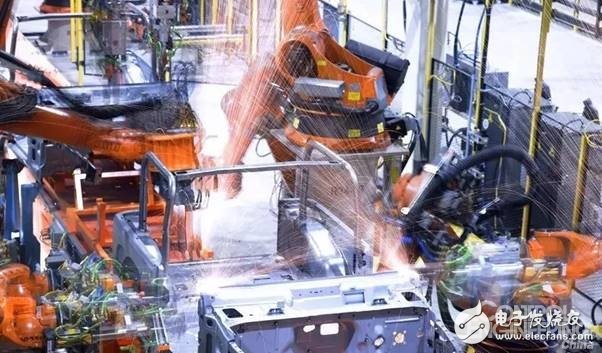
1. The hardware structure of the industrial robot control system The controller is the core of the robot system, and foreign companies implement strict sealing locks on China. In recent years, with the development of microelectronics technology, the performance of microprocessors has become higher and higher, and the price has become cheaper and cheaper. Currently, there are 32-bit microprocessors of 1-2 dollars on the market. Cost-effective microprocessors bring new opportunities for robot controllers, making it possible to develop low-cost, high-performance robot controllers. In order to ensure that the system has sufficient computing and storage capabilities, the current robot controllers are mostly composed of ARM series, DSP series, POWERPC series, Intel series and other chips with strong computing power.
In addition, because the existing general-purpose chips can not fully meet the requirements of price, performance, integration and interface of some robot systems in terms of function and performance, this has created the demand for SoC (Systemon Chip) technology in robot systems. Integrating a specific processor with the required interface simplifies the design of the system's peripheral circuitry, reduces system size, and reduces cost.
For example, Actel integrates NEOS or ARM7 processor cores into its FPGA products to form a complete SoC system. In terms of robot motion controllers, its research is mainly concentrated in the United States and Japan, and there are mature products, such as the United States DELTATAU company, Japan Peng Li Co., Ltd. and so on. Its motion controller is based on DSP technology and uses a PC-based open architecture.
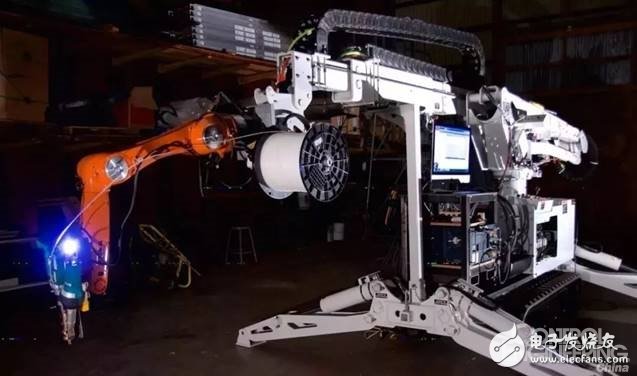
2. Industrial Robot Control System Architecture In terms of controller architecture, its research focuses on the functional division and the specification of information exchange between functions. In the open controller architecture research, there are two basic structures, one is based on the hardware hierarchy, the type structure is relatively simple, in Japan, the architecture is divided on the basis of hardware, such as Mitsubishi Heavy Industries Co., Ltd. The structure of the PA210 portable universal smart-armed robot is divided into five-layer structure; the other is based on the functional division structure, which considers the hardware and software together, which is the research and development direction of the robot controller architecture.
3. Control software development environment In the robot software development environment, general industrial robot companies have their own independent development environment and independent robot programming language, such as Japan Motoman Company, Germany KUKA Company, US Adept Company, Sweden ABB Company, etc. .
Many universities have done a lot of research work in the Robot Development Environment, providing a lot of open source, which can be integrated and controlled under some robot hardware structures. At present, many related experiments have been carried out in the laboratory environment. The existing robot system development environments at home and abroad include Team Bots, v.2.0e, ARIA, V.2.4.1, Player/Stage, v.1.6.5.1.6.2, Pyro.v.4.6.0, CARMEN.v. 1.1.1, Mission Lab.v.6.0, ADE.V.1.0beta, Miro.v.CVS-March17.2006, MARIE.V.0.4.0, Flow Designer.v.0.9.0, Robot Flow.v. 0.2.6 and so on.
From the perspective of the development of the robot industry, there are two requirements for the robot software development environment. On the one hand, they are from robotic end users who not only use robots, but also want to be able to give the robot more functionality through programming. This programming is often done in a visual programming language, such as the graphical programming environment of Lego Mind Storms NXT and Visual programming environment provided by Microsoft RoboTIcs Studio.
4, robot-specific operating system (1) VxWorks, VxWorks operating system is an embedded real-time operating system (RTOS) designed and developed by Wind River in the United States in 1983, is a key component of the Tornado embedded development environment. VxWorks has a tailorable microkernel architecture; efficient task management; flexible inter-task communication; microsecond interrupt processing; support for POSIX1003.1b real-time extension standards; support for multiple physical media and standard, complete TCP/IP network protocols Wait.
(2) Windows CE, Windows CE and Windows series have good compatibility, which is undoubtedly a major advantage of WindowsCE promotion. Windows CE provides a feature-rich operating system platform for building dynamic applications and services for handheld devices and wireless devices. It can run on a variety of processor architectures and is generally suitable for those with limited memory footprint. device of.
(3) Embedded Linux, because its source code is open, people can modify it to meet their own applications. Most of them are GPL-compliant, open source and free. It can be applied to the user's own system with minor modifications. There is a large developer community, no need for special talents, as long as you understand Unix/Linux and C language. The amount of hardware supported is huge. There is no essential difference between embedded Linux and ordinary Linux. The hardware embedded Linux used on PC is almost all supported. And the driver source code for all kinds of hardware is available, which is very convenient for users to write their own proprietary hardware drivers.
(4) μC/OS-II, μC/OS-II is a well-known real-time kernel of source code. It is designed for embedded applications and can be used for 8-bit, 16-bit and 32-bit microcontrollers or digital signal processors. (DSP). Its main features are open source code, portability, curability, tailorability, preemptive kernel, determinism, and more.
(5) DSP/BIOS, DSP/BIOS is a size-cuttable real-time multitasking operating system kernel designed and developed by TI for its TMS320C6000TM, TMS320C5000TM and TMS320C28xTM series DSP platforms. It is part of TI's CodeComposerStudioTM development tool. one. DSP/BIOS is mainly composed of three parts: multi-threaded real-time kernel; real-time analysis tool; chip support library. With real-time operating system development programs, complex DSP programs can be developed quickly and easily.
5. Robot servo communication bus technology At present, there is no servo communication bus dedicated to the robot system in the world. In the actual application process, some commonly used buses, such as Ethernet, CAN, 1394, SERCOS, USB, are usually used according to system requirements. , RS-485, etc. are used in the robot system. Most of the current communication control buses can be classified into two types, namely serial bus technology based on RS-485 and line drive technology and high-speed serial bus technology based on real-time industrial Ethernet.
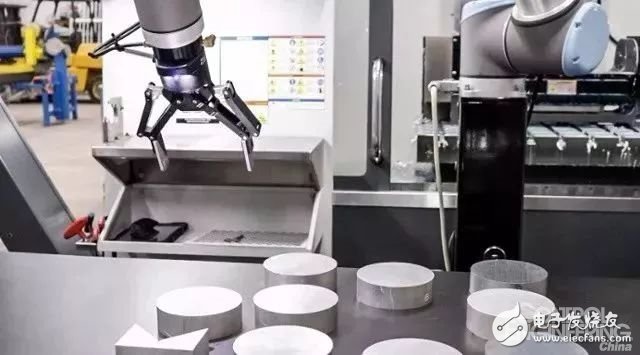
1. Open modular control system architecture: Distributed CPU computer structure, divided into robot controller (RC), motion controller (MC), photoelectric isolation I / O control board, sensor processing board and programming teaching Box and so on. The robot controller (RC) and the programming teach pendant communicate via the serial/CAN bus. The main computer of the robot controller (RC) completes the motion planning, interpolation and position servo of the robot, as well as the functions of the main control logic, digital I/O, sensor processing, etc., and the programming teaching box completes the display of information and the input of the keys.
2. Modular and hierarchical controller software system: The software system is built on the open source-based real-time multitasking operating system Linux, which adopts layered and modular structure design to realize the openness of the software system. The entire controller software system is divided into three levels: hardware driver layer, core layer and application layer. The three levels face different functional requirements, corresponding to different levels of development. Each level in the system consists of several modules with opposite functions. These functional modules cooperate with each other to realize the functions provided by the level.
3. Robot fault diagnosis and safety maintenance technology: Through various information, the diagnosis of robot faults and corresponding maintenance are the key technologies to ensure the safety of the robot.
4. Networked robot controller technology: At present, the application engineering of robots has evolved from a single robot workstation to a robot production line, and the networking technology of robot controllers has become more and more important. The controller has networking functions of serial port, field bus and Ethernet. It can be used for communication between robot controllers and robot controllers with the host computer, which is convenient for monitoring, diagnosis and management of the robot production line.
Multi-core cpu is more and more popular, people are used to take dual core processors laptop before. However, Quad Core Laptop is becoming selling like a hot cake nowadays. You can find Quad Core Processor Laptop at our store, like I3 Quad Core Laptop,I7 Quad Core Laptop, I5 Quad Core Laptop, intel celeron J4125 or N5095 15.6 Inch Laptop, even N4120 quad core 14 Inch Laptop, etc. Therefore, you can just share the parameters prefer, like size, cpu, ram, rom, gpu, application scenarios, thus save much time to get a win-win solution.
Do you know the reason why more people choose quad core device? The core reason is that heavier tasks people need to finish at a higher speed than before. Nowadays quick rhythm is becoming the main style in city even everyone is eager to downshifting. So more powerful laptop, computer, mobile phone is a trend, though most functions never are used in lifetime.
Other 15.6 inch Gaming Laptop or 14 Inch Gaming Laptop is becoming the most popular level at the market.
Quad Core Laptop,I3 Quad Core Laptop,I7 Quad Core Laptop,I5 Quad Core Laptop,Quad Core Processor Laptop
Henan Shuyi Electronics Co., Ltd. , https://www.sycustomelectronics.com
